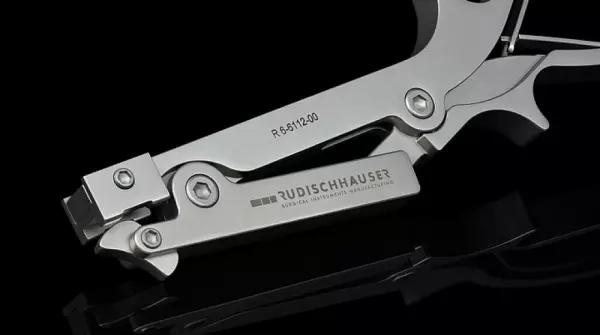
Spine - Instruments & Implants
We develop, optimise and manufacture a variety of spinal implants and instruments (e.g. pedicle scre...
Portal and digital medical technology fair of the largest MedTech cluster in Germany

Spine - Instruments & Implants
We develop, optimise and manufacture a variety of spinal implants and instruments (e.g. pedicle scre...
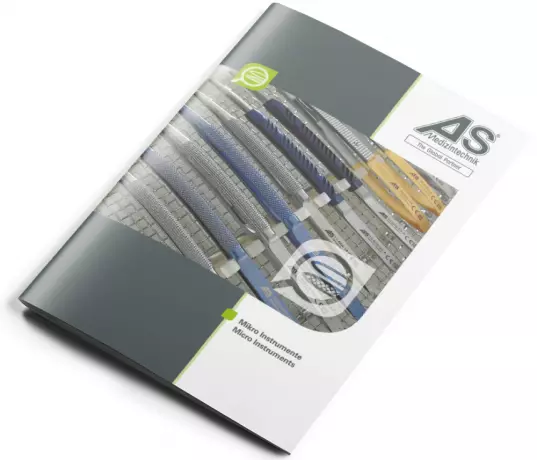
Micro needle holders, scissors and forceps are required for modern and state of the art micro discip...
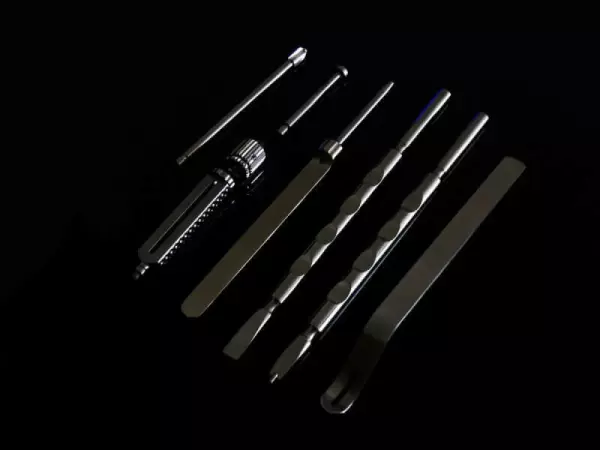
Milling technology / milled parts - contract...
Milling technology / milled parts - contract manufacturing for medical products Milling refers to...

One of our most extensive delivery programs are the spine instruments. As a special feature, we offe...
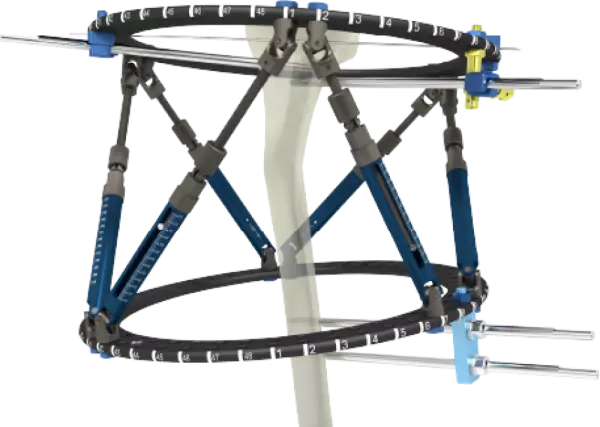
Smart Correction® computer assisted hexapods
Smart Correction® is designed for the treatment of deformity corrections, open and closed fractu...

Contract manufacturing of precise turned...
Contract manufacturing of precise turned and milled parts for medical technology perame...

Instruments and implant systems for osteosynthesis
Plates and Screws for mini, small and large fragments are only a selection from our wide range. With...

Medinaut plus balloon kyphoplasty, PMMA cements...
Medinaut Plus Balloon Kyphoplasty The Medinaut Plus balloon kyphoplasty system is impressively si...
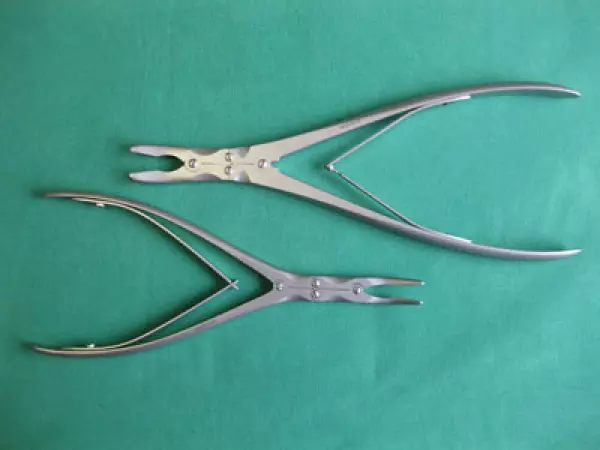
Repair service for standard surgical instruments
We repair MIS instruments from all well-known manufacturers , drive systems such as drilling hoses,...
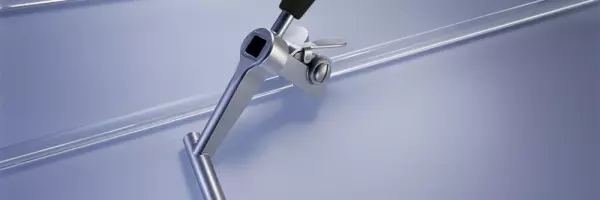
Spine One of our newest delivery programs offers you as a special feature the complete CASPAR pro...
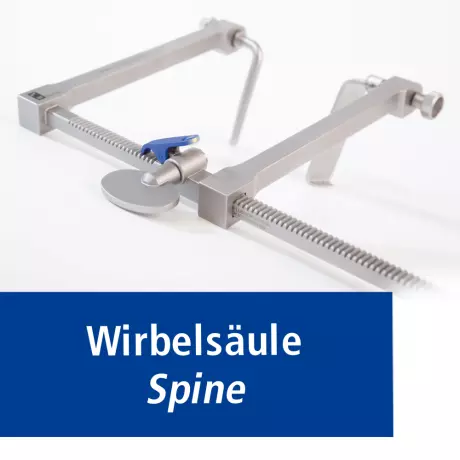
Spine surgery with three different reatractor...
Spine surgery with three different reatractor systems The spine is in surgery very difficult. Aug...
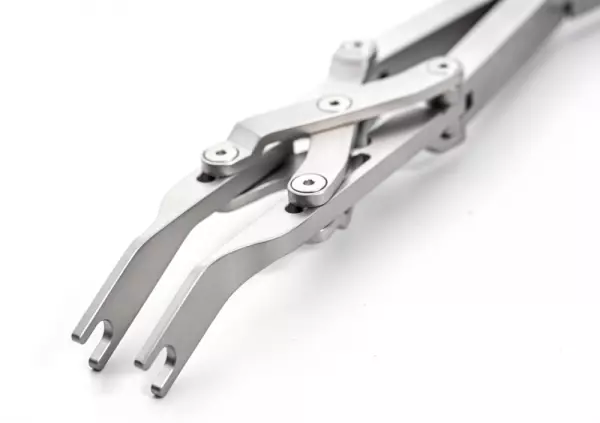
ORTHOPEDICS / SPINE SURGERY In close cooperation with our customers, we manufacture a wide variet...

Mazor X surgical guidance system
“The Mazor X surgical guidance system is designed to facilitate high levels of accuracy and pr...

The MIS Z-Pedicle Screw System and the pre-sterilized implants offer surgeons an ideal solution for...

Whatever you are looking for in this area, you will find an instrument: : Burford, Finocchietto, DeB...

Lumbales customizable PLIF/TLIF cage instrument...
RUDISCHHAUSER CUSTOMIZABLE LUMBAR CAGE INSTRUMENT SETS LUMBAR CAGE SET SET CONFIGURATIONS...

EpiFIX™ Growth-Control-Plate - Sterile single-use...
EpiFIX™ Growth-Control-Plate - Sterile single-use kit for growth control A signif...
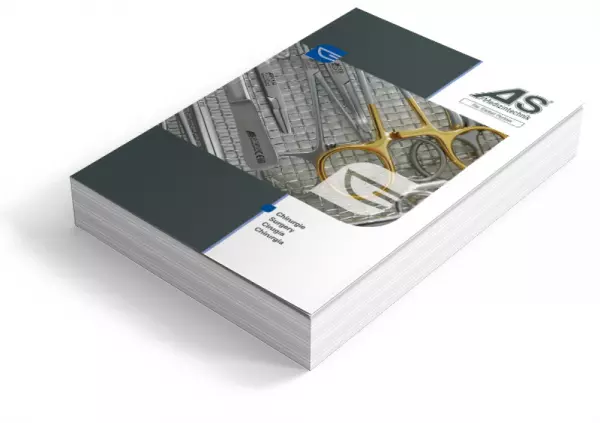
Standard instruments and specialist instruments...
The product portfolio covers our complete range with approximately 20,000 different standard instrum...
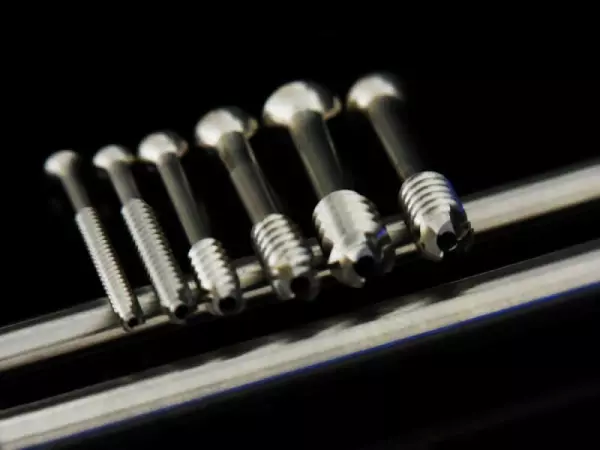
Décolletage & CNC turning / parts - contract...
Décolletage & turning - contract manufacturing for medical products In classic turning...
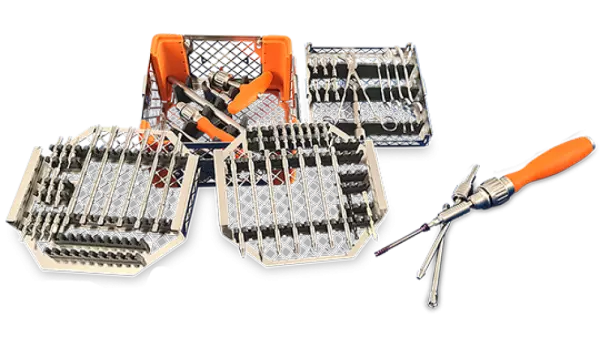
FastExtract® MX – Easy Screw Removal - universal...
FastExtract® MX – Easy Screw Removal - universal screw removal system Who does not know...

The spine, anatomically called the spine, is the central structural element of the entire vertebrate. It forms the bone center of the body and envelops the spinal cord with the vertebral canal. It is connected to the skull via the first head joint and to the pelvis via the Sa joint. In humans, the spine consists of 24 free vertebrae that are movably connected by 23 intervertebral discs, and 8 to 10 vertebrae are fused together to form bone and tailbone. Since it has to support almost all of its weight and distribute it on its legs, the bottom (tail) of the spine is thicker than the top (skull). Their multiple bends (double S shape) can reduce impact.
In addition to the first and second cervical vertebrae and the fused ac bone and coccyx vertebrae, there is a connecting disc (intervertebral disc) between the two adjacent vertebral bodies of mammals. This consists of a relatively strong outer ring of fiber cartilage and connective tissue and a soft inner core. The intervertebral disc is responsible for reducing shock and vibration and allowing the vertebrae to connect flexibly. The intervertebral discs form false joints in the form of arthritis.
A herniated disc is usually one of the causes of lumbar spine stenosis (narrowing of the lumbar spine). There are usually several factors working together. The joint surfaces associated with herniated discs and prolapse, the bulging of the vertebral edges on the vertebral body and on the pedicle can lead to a narrowing of the vertebral canal and are associated with stenosis of the vertebral canal syndrome. Under pressure, the narrowing of several spinal nerve roots can lead to a disruption of the blood supply, and patients complain of leg pain and paresthesia (tingling sensation, paresthesia) that are not due to the dermatome. The patient's walking distance is limited, which is why we speak of intermittent spine indication. Usually there are no complaints during the breaks.
Stenosis, the narrowing of the spinal canal, is the most common degenerative change in the spine and one of the most common spinal neurosurgical procedures. Here the hypertrophic ligaments and neural tubes of the small articular vertebrae need to be lifted. The operation is performed in the same way as disc surgery and there is no need to open the disc space. If the preoperative diagnosis shows instability due to joint overload, the segment to be decompressed must be reinforced with screws and rods. The treatment of vertebral body fractures requires individually adapted care concepts. Factors such as age, level of activity, shape of the fracture, location, bone quality, accompanying injuries and secondary diseases must be taken into account. Many vertebral body fractures can be treated conservatively, but a strict and standardized follow-up approach is required.
When surgery is required due to unstable fractures or failure of conservative treatment, we offer a large number of different surgical methods across the spine. These measures include cement stabilization operations, minimally invasive and open operations from the rear (dorsal) and front (ventral), vertebral body replacement implants and 3D navigation-assisted technology. The latest, scientifically proven implants and technical aids are used here. Bacterial inflammation of the spine (spondylitis, spondylitis) is a serious disease that requires extensive diagnosis and treatment. In mild cases, therapy is conservative and antibiotic therapy and solid therapy are used.
Become a digital exhibitor yourself in the online portal of the largest and best-known MedTech cluster region in Germany and inform the world of medical technology about your products and services as well as about news, events and career opportunities.
With an attractive online profile, we will help you to present yourself professionally on our portal as well as on Google and on social media.